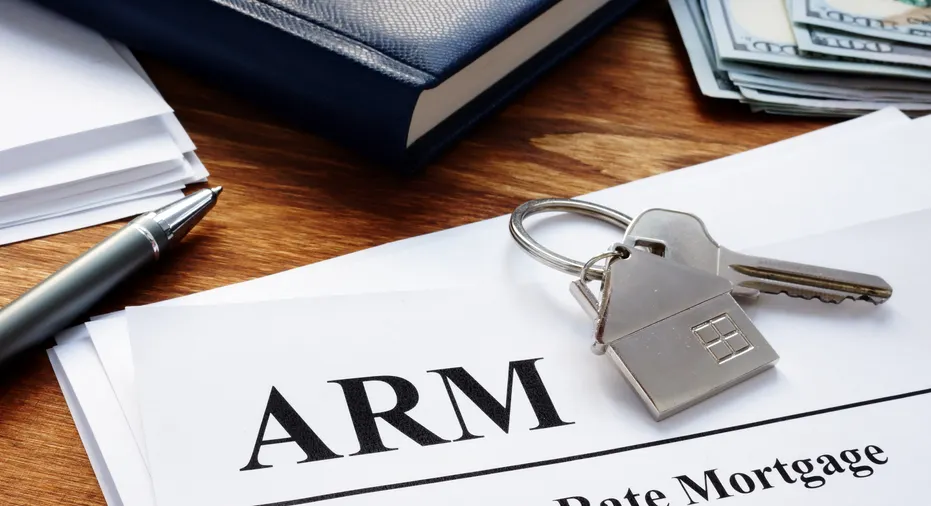
What You Should Know About Adjustable-Rate Mortgages
An Adjustable-Rate Mortgage (ARM) begins with an interest rate that is lower than the prime rate for a certain period of time. After the introductory period is over, the interest rate will adjust to an index rate that is agreed upon between you and the lender. While most ARMs require you to pay PMI, some lenders do not. You should check with your lender before choosing an ARM. A mortgage with a payment cap can protect you from paying more in the future.
A prepayment penalty, or early payoff penalty, can be incurred if you refinance an ARM. This fee can apply if you sell your home before the loan is paid off. Not all lenders charge this fee. However, it is a consideration to consider when evaluating the cost of an adjustable-rate mortgage. If you’re thinking about refinancing your mortgage, make sure you know the terms of the loan.
An ARM is a great option for homebuyers with an unpredictable income. The lower initial interest rate will allow you to build savings to pay for a bigger home. An adjustable-rate mortgage can also save you money as rates adjust. If you plan to move in the next few years or have higher income, you may want to choose an ARM with an adjustable rate that adjusts on a monthly basis. But, if you’re not comfortable with this kind of volatility, consider a fixed-rate mortgage instead.
Another drawback of an ARM is that the initial low interest rate won’t last forever. After the initial period, your payment will rise or fall based on the current index. Understanding an ARM before signing up will help you be prepared for any increases. You can also use an amortization schedule to figure out how much you’ll put toward the principal and interest each month. This will help you budget for the time when rates increase.
A mortgage with an ARM will come with a margin and an index rate. The margin is based on your credit history and credit score. A standard margin of three percentage points is typically applied to ARMs, and the interest rate is calculated based on that amount. This standard margin is typically close to the benchmark interest rate, but can be marked up further if the index rises. However, an ARM can also come with rate caps, which indicate the maximum amount of interest the loan can go up or down.
The adjustable-rate mortgage is a risky loan. The initial interest rate is usually lower than a fixed-rate mortgage. The loan term varies from five to ten years. If your income is steady and stable, an ARM may be a better option. Although the initial interest rate of an ARM loan is lower than that of a fixed-rate mortgage, it can save you money in the long run.


